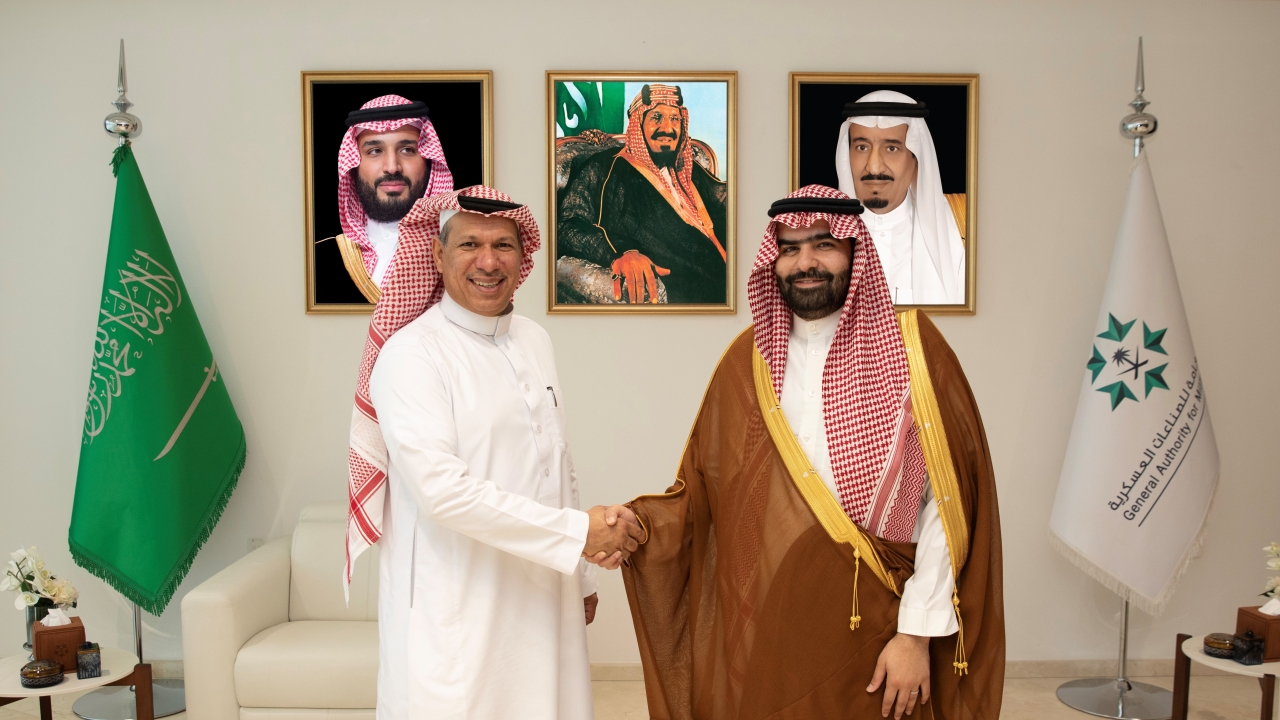Super Tucano to boost Lebanon terror fight
Lebanon has never had a lot of money to spend on defence. As Alan Dron reports, its latest purchase, although modest, has an important role to play in maintaining the small nation's territorial integrity from Daesh terrorists.

An initial batch of Lebanese military pilots is currently at Moody Air Force Base in the US state of Georgia undertaking training on six Embraer A-29 Super Tucano light combat aircraft that will shortly be ferried to the Levant.
They will be warmly received by the Lebanese armed forces as welcome reinforcements to fend off Daesh and other Islamist terrorists just over the border in western Syria.
Lebanon has ordered six of the turboprop aircraft, with options on a further six. Their low operating costs, short runway requirements and five weapons pylons, plus two built-in 0.5-inch machine guns, equip them well for the counter-insurgency (COIN) role.
“Lebanon has limited resources, so an affordable aircraft with low costs is suitable,” said Brigadier-General Nazem El Khoury, editor-in-chief of Arab Defence Journal. “Also, we do not need a fighter for air-to-air combat, so the Super Tucano satisfies the Lebanese needs for close air support against the Islamic fanatics on our border.”
El Khoury added that two of the aircraft could be delivered in October or November this year, with the rest in 2018. They could be based either at Kleyate Air Base in the north of the country or at Riyak Air Base in the Bekaa Valley in the east of the tiny nation. Beirut International Airport is a third possible location.
He said senior US and Canadian officers had visited Lebanon recently to assist in its defence: “Everybody is helping, because they trust the Lebanese army. The new army commander, General Joseph Aoun, is tough and believes in pre-emptive strikes.”
Another former officer, Staff Colonel (Ret’d) Kamal Awar, now editor of the Lebanon-based publication Defence 21, agreed that the Super Tucanos “are what we need”.
“The aircraft is super for COIN operations; you don’t need fast jets in Lebanon. The whole length of the country is almost 200km and its width 50km.”
That makes the high speed of a jet unnecessary – the Super Tucanos will be able to reach any location on the borders of a country that has shouldered the burden of hundreds of thousands of Syrian refugees within 30 minutes or so of being scrambled from their bases.
The Super Tucanos are being bought under a US foreign military sales purchase as part of a $462 million package of equipment announced in 2015 and, according to Gulf defence sources, being paid for as part of a $1 billion grant from Saudi Arabia.
That package will include eight AN/AAR-60(V)2 missile launch detection systems to alert the pilots of hostile surface-to-air missiles, eight ALE-47 countermeasure dispensing systems and 2,000 advanced precision kill weapon systems, which are unguided 2.75in (70mm) rockets that are given a laser-guidance system to convert them into a low-cost, guided-weapon system.
The Super Tucanos will be the first new fixed-wing combat aircraft to reach the Lebanese Air Force for some years. The country has been operating two Cessna Caravans armed with AGM-114 Hellfire II air-to-ground missiles for sorties against Daesh and Al Nusra Front forces that have attempted incursions into Lebanese territory.
In summer 2015, the US Department of Defense informed Congress of the proposed sale of a further 1,000 Hellfires. These could be fired by both the Caravans and the Super Tucanos.
Until recently, the Lebanese Air Force operated a small number of 1950s-vintage Hawker Hunter FGA70s. Although some sources show the air force as still having three aircraft on strength, they are thought to have been withdrawn from operational use in 2014.
Ironically, with their simple systems, tough structure and internal gun pack mounting four 30mm cannon plus SNEB 68mm multiple rocket pods on under-wing pylons, the Hunters would have made adequate COIN platforms.
More recently, the Lebanese armed forces have had to resort to improvised methods of attacking Daesh terrorists, such as attaching 250kg and 400kg ‘dumb’ bombs under the fuselage of helicopters.
Stay up to date
Subscribe to the free Times Aerospace newsletter and receive the latest content every week. We'll never share your email address.

